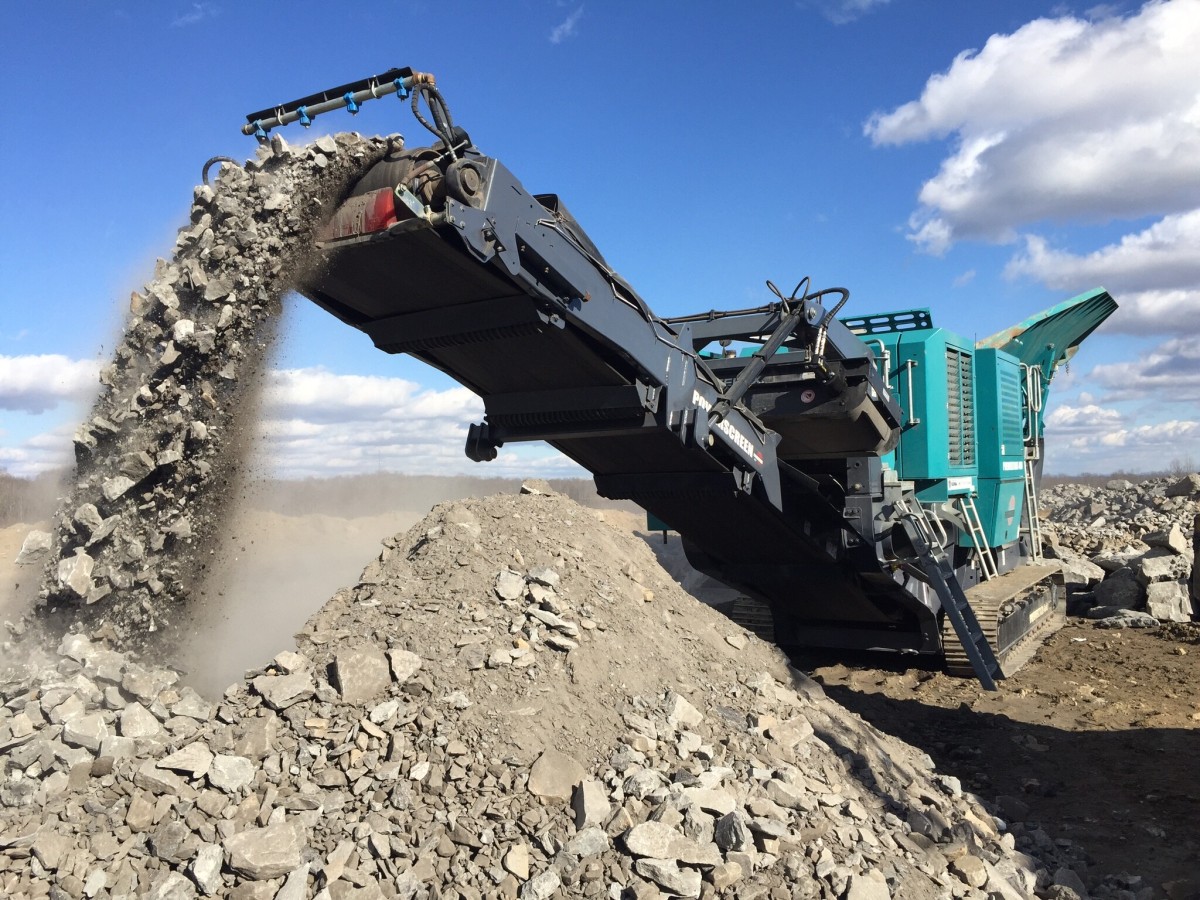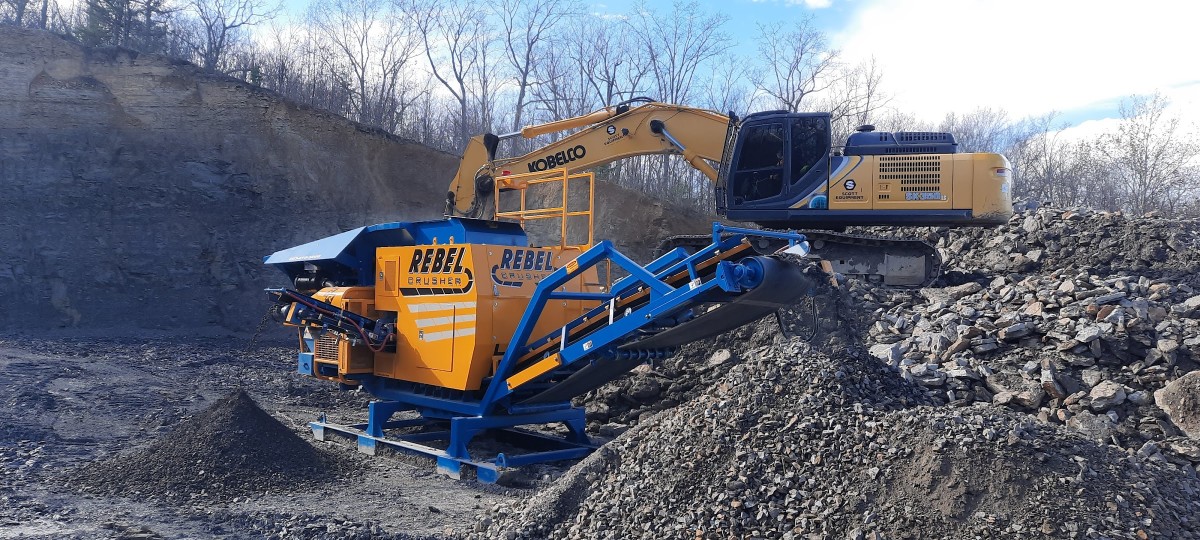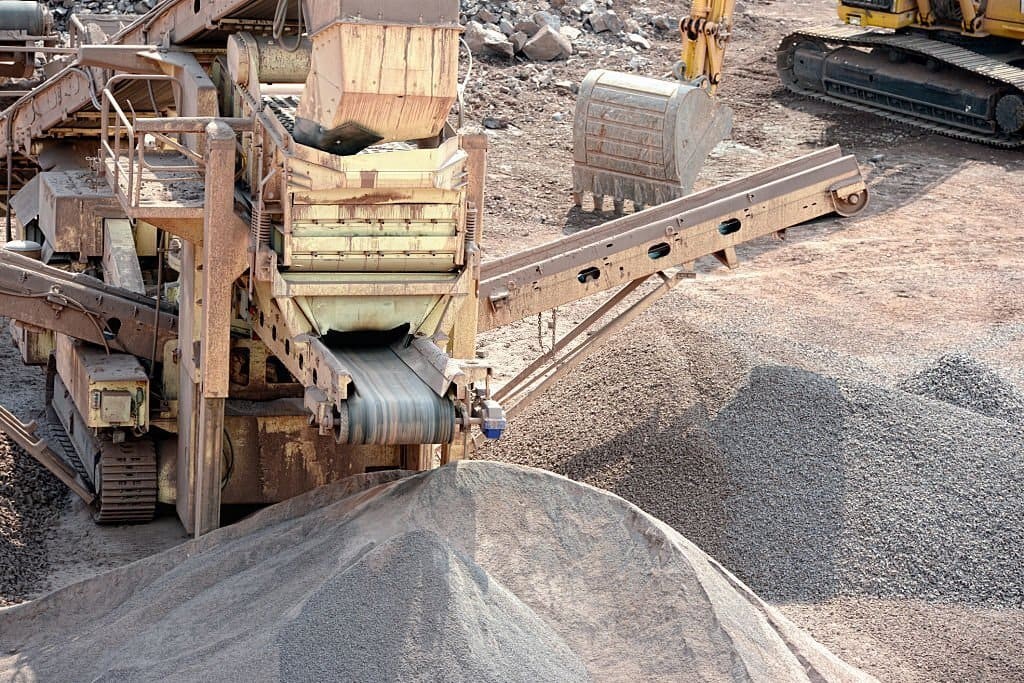The application parts of wear-resistant plates in mining machinery and the processing methods of wear-resistant components involve multiple aspects. The following is a detailed summary:

1. Application parts of wear-resistant plates
Wear-resistant plates are widely used in mining machinery, mainly in the following parts:
Grinding mills: Inside the grinding mill, wear-resistant plates are used to protect the machine from wear and damage, as raw materials collide violently with grinding balls, which can easily cause machine damage.
Mining conveyor belt systems: Wear-resistant plates are installed on the conveyor belt to reduce the friction loss of ore during the conveying process and extend the service life of the conveyor belt.
Vibrating screens: In vibrating screens, wear-resistant plates are used to protect the screen plates, reduce the damage to the screen plates caused by ore vibration, and extend the service life of the screen plates.
Flotation machines: Wear-resistant plates are installed on the impellers of flotation machines to increase their service life and protect the equipment from the erosion of ore and water.
Crushers: Wear-resistant plates are used to manufacture parts such as the crushing wall, tooth plates, and hammer heads of crushers to improve their wear resistance and service life.
Excavators and loaders: Wear-resistant plates are used to manufacture parts such as the bucket teeth and buckets of excavators, and the blades and teeth of loaders to enhance their wear resistance and impact resistance.

2. Processing methods of wear-resistant components
The processing methods of wear-resistant components mainly include the following steps:
Cutting: Usually, flame cutting or plasma cutting methods are used. Before cutting, the steel plate needs to be inspected for quality to ensure that its surface quality, size, and thickness meet the requirements. After cutting, the edges should be ground to remove burrs and slag to ensure processing quality.
Forming: According to the specific shape and size of the parts, appropriate processing equipment and process parameters should be selected. For simple-shaped parts, ordinary milling, turning, or planing methods can be used; for complex-shaped parts, high-precision processing methods such as CNC machining centers or laser cutting should be adopted.
Heat treatment: Heat treatment is an important means to improve the hardness and wear resistance of wear-resistant steel plates. Different heat treatment processes can be selected according to different usage requirements, such as quenching, tempering, and carburizing. During heat treatment, factors such as temperature, time, and atmosphere should be strictly controlled to ensure heat treatment quality.
Surface treatment: The main purpose of surface treatment is to improve the corrosion resistance and appearance of wear-resistant steel plates. Common surface treatment methods include spraying, electroplating, and oxidation. Before surface treatment, the steel plate should be pre-treated to remove oil stains, rust, and impurities on the surface; after surface treatment, the finished product should be inspected for quality to ensure that its surface quality, color, and gloss meet the requirements.
Welding repair: For worn wear-resistant components, they can be repaired through welding repair technology. First, the worn parts should be cleaned and ground to remove attachments and rust. Then, appropriate welding rods or wires should be selected for filling welding. During welding, the welding current and speed should be controlled to ensure the quality and hardness of the weld seam. Finally, trimming and grinding should be performed to ensure that the repaired wear-resistant parts are seamlessly connected with the original parts.

In conclusion, wear-resistant plates are widely used in mining machinery, and the processing methods involve multiple key steps to ensure their high performance and long service life.
